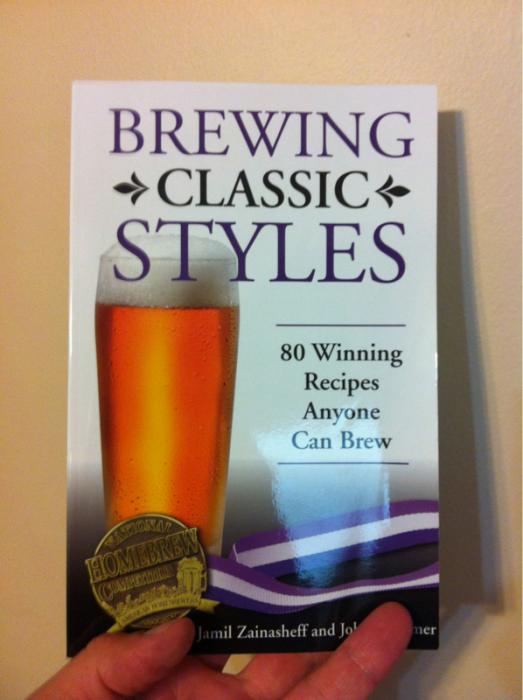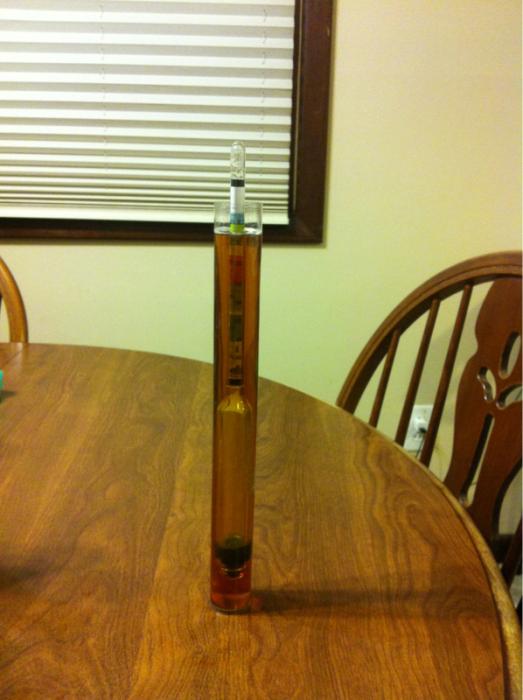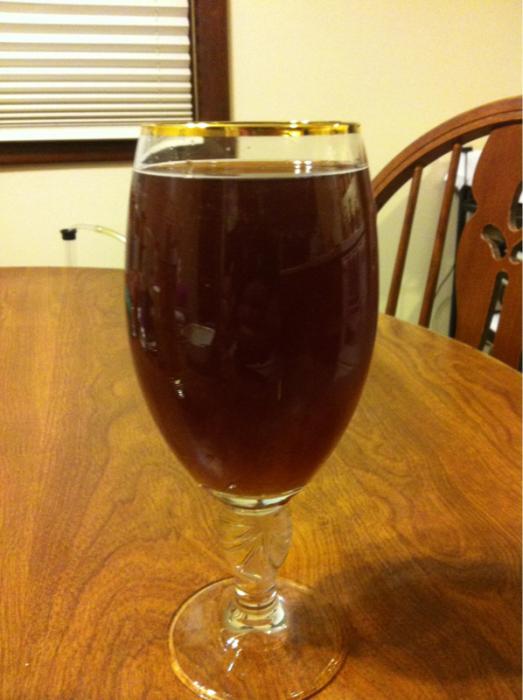Love this idea, I've been doing the same myself for my last 3 brews except I'm not completely tied to doing them at certain times of the year.
Brewed a hefe following much of the Schneider Original techniques but held the 4vinylguiacol rest far too long and ended up with a whole lot of clove and not much banana (yes, this SOUNDS like Schneider but I even exceeded Schneider's phenolic clove levels, unfortunately).
Then a Munich Dunkel, and most recently an Oktoberfest. I was shooting for a modern German Oktoberfest recipe like you find at the festival today (1/2 Helles, 1/2 traditional Marzen); it's easily one of the best beers I've made but probably a touch too much hops both early and late. Don't get me wrong it's awesome beer, just a bit too hoppy for the style. Here's my recipe or what it's worth.
http://www.beoir.org/community/index.php?f=30&t=9889&rb_v=viewtopic
I'm scheduling all of my lagers back-to-back-to-back so I can keep repropogating the yeast and have plenty of healthy lager yeast.
Next is a North German Pils. (I'm probably not going to do a Helles, at least for a while, because my Oktoberfest is so close to a helles.)
I'll probably go for a doppel sticke version of an alt bier, too for winter. (I've got the long-neck Zum Uringe doppel sticke bottle to put it in too.)
I might even use my HERMS coil to step mash starting with the pils. -I've got an insulated mashtun so modern German step mashes are quite difficult; I have stepped via additional infusions but I'm dying to try out the HERMS coil anyway.
These German styles are all about simple grists and managing the malt via step mashing so I'm trying to go that route on my recipes, too vs. complicated modern American / Jamil-like grists.



























![Craft A Brew - Safale S-04 Dry Yeast - Fermentis - English Ale Dry Yeast - For English and American Ales and Hard Apple Ciders - Ingredients for Home Brewing - Beer Making Supplies - [1 Pack]](https://m.media-amazon.com/images/I/41fVGNh6JfL._SL500_.jpg)



































